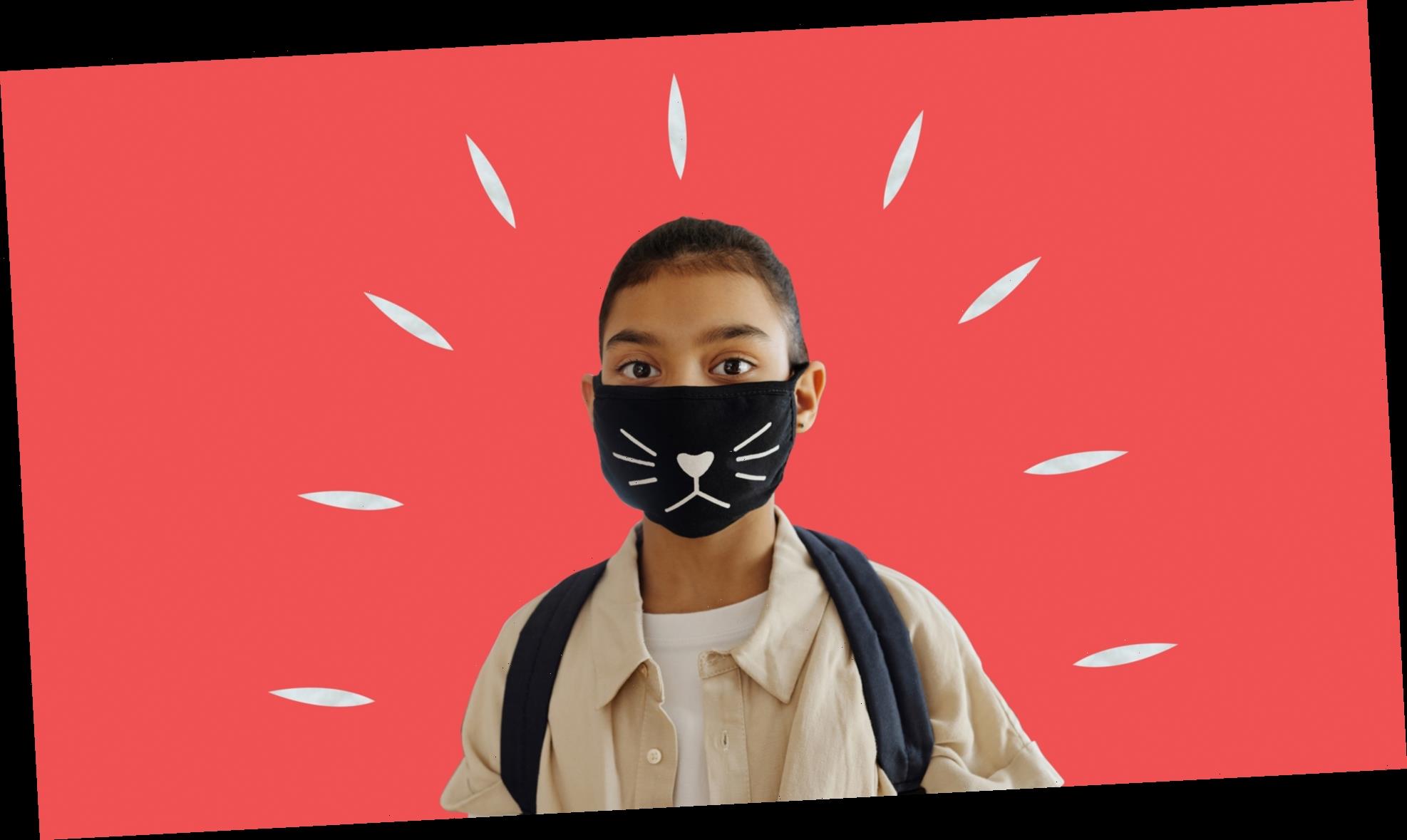If I knew March 15 would have been our last “normal” day before the global COVID-19 pandemic turned our lives upside down, I would have done things differently. My daughter and I would have stayed on the beach longer, collecting shells and digging holes in the sand. My husband and I would have stayed up later, enjoying our time, trip and company. We were on vacation with my mother-in-law and her boyfriend. The day didn’t have to end. And I would have bought my daughter an extra large ice cream: three scoops, loads of sprinkles. But I didn’t know.
We didn’t know, so instead, we spent the day commuting. We rushed to get home to prepare for the week ahead. We kept our heads down and kept on, like normal. But then things changed. Life as we know it changed, and here in New York, a stay-at-home quarantine order was issued. Businesses were closed. School was cancelled.
At first, things were okay, for my family and my daughter. Instead of getting up, getting dressed and going to school, my daughter logged in for her lessons. We used toys as manipulatives. We read (and did writing) in our pajamas. We ate snacks when we wanted to, and slept in when we needed to, and we enjoyed the little things, like extra tablet and TV time. We implemented family game time. But “the sickness” as we call it took a toll on my 6-year-old’s social and emotional wellbeing.
My spunky, spirited and outgoing child became afraid of little things — and everything, like going outside or riding on her scooter.
I, of course, blame myself. We have always been very candid with our oldest — we do not shelter her from “the scary” and the truth — and this experience was no different. We told her what coronavirus was. We explained why we needed to wear masks, and remain vigilant and socially distant. We told her about “flattening the curve,” and we told her we didn’t know how long these changes would last but, we said, we would be okay if we did our part. If we stayed away from others and stayed indoors. And she took this warning to heart.
She didn’t leave the house for weeks.
And while eventually I managed to get her outside (we took her jump rope out and rode her bike through the neighborhood), she was riddled with fear. She cowered at the sight of an unmasked person — or any person. She cried when I suggested leaving the house, and she lost her voice.
My daughter usually greets everyone, but the pandemic has made her meek and timid. I’ve seen light and life leave her eyes, and it breaks my heart. She still has her health, but not her happiness. She desperately misses school, dance class and her friends.
Of course, my daughter is not alone. Anxiety levels have increased exponentially over the last few months, in adults and children, because this situation is beyond stressful. The unknown is stressful, and pandemics are stressful. According to the Centers for Disease Control and Prevention, fear and anxiety about a new disease, like COVID-19, can cause one to experience strong and overwhelming emotions. But there are a lot of things you can do to help ease childhood anxiety, even during a pandemic; you should address kids’ fears, sympathize and empathize, and develop a plan to help them move forward.
You should take action, but also be patient. Change takes time.
You also can (and should) introduce self-care techniques. Encourage your child to dance, sing, meditate or pet the family dog. The point isn’t what they do; it’s that the activity soothes them, comforts them and helps them feel secure and calm.
As for my daughter, I’ve been helping her through one day and activity at a time. In May, she got together with her friends for a socially-distant dance class. We drew chalk boxes on the ground while Mr. Tom taught them plies and jetés. In June, we traveled upstate for hiking and boat rides. And we’ve created a “quaranteam,” or playdate pod — a group of two children and their parents who are isolating similarly.
Is it fail-proof? No. My daughter still stresses on busy streets, and unmasked people make her angry and anxious — honestly, they make me feel that way too. But she is trying. We are trying, and we are going to continue to work through her feelings, and maybe someday even embrace our new norm.
Because sometimes leaving the house is inevitable, here are the best kids face masks to keep your littles safe.
Source: Read Full Article

